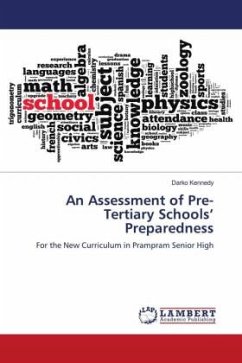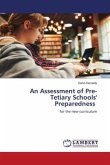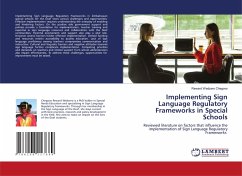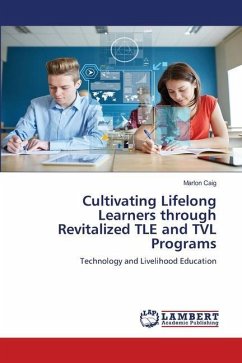Cases of cerebral palsy are prevailing in the country. Some learners with cerebral palsy have normal intelligence like their peers in regular schools. How to identify students' ability and potentials to meet their learning needs has been a challenge. Most teachers handling learners with cerebral palsy are believed to have specialize in handling other categories of learners but not the physically challenged. This has lead one to ask whether they correctly identify different types of cerebral palsy. How prepared are they in trying to uplift their standard of learning? It was therefore prudent that a study on teachers' preparedness in handling learners with cerebral palsy be carried out to determine their effectiveness in their undertakings. The study concluded that there was a problem in identifying forms of cerebral palsy and modifying adaptive devices necessary for learning. Recommendations were that in-house training refresher course should be organised regularly in order to make teachers improve on mode of delivery. It further recommends that curriculum for teacher education should clearly entail elements such as adaptation, modification of resources as a major coverage to be.
Bitte wählen Sie Ihr Anliegen aus.
Rechnungen
Retourenschein anfordern
Bestellstatus
Storno








